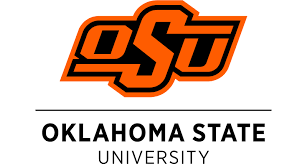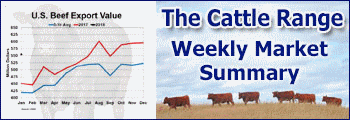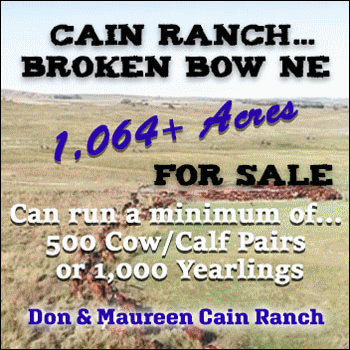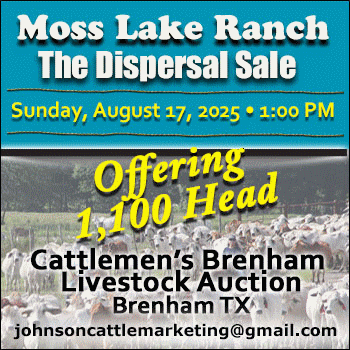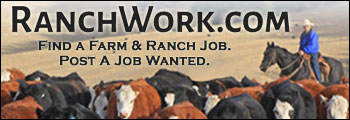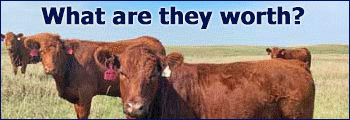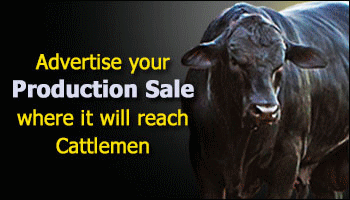Derrell S. Peel, Oklahoma State University
As we move into June, cattle markets are transitioning into summer mode, reflecting seasonality and a myriad of other factors which are currently impacting markets. Market impacts vary across different classes of cattle.
Steer calf prices posted a double top in February and again in early April with the outbreak of the war in Ukraine causing a counter-seasonal dip in March. The decrease in calf prices in April and May is expected seasonally but the decrease has been more pronounced than usual. For example, prices for 500-pound steers in Oklahoma have decreased about 12 percent since the first of April compared to the four to five percent typical seasonal decline over this period. Poor forage conditions and prospects combined with high grain prices is weighing heavy on calf prices. Calf prices typically decline through the summer before pushing more sharply lower in the fall.
The big feeder cattle also put in a double spring top with the highest prices of the year in mid-February and a second, lower top in early April. By late May prices for 800-pound steers, for example, had decreased just over 4 percent from early April. This compares to a typical increase of one to two percent in that period on the way to seasonally higher prices in the summer for big feeder cattle. Increasing feedlot ration costs continues to push down on feeder cattle prices. However, Feeder Cattle futures have rallied off the mid-May lows as Corn futures have moderated. If it persists, this may help stabilize cash feeder cattle prices into the summer.
The outbreak of the war in Ukraine replaced the seasonal March peak in fed cattle prices with twin February and early May peaks. Fed cattle prices decreased in the past month in a more or less seasonal fashion by roughly three percent. Fed prices typically decrease into the summer as fed slaughter reaches a seasonal peak between May and August. Fed prices typically reach a summer low around Labor Day, before increasing in the fourth quarter.
Cull cow prices typically peak in March and April and hold close to peak levels through June before declining slightly in July and August ahead of a sharp seasonal decline in the fourth quarter. This year, cull prices were very strong through a peak in April but have decreased more quickly through May. Boning cow prices in Oklahoma City decreased nearly 12 percent from mid-April to late May. Beef cow slaughter is up 15 percent year over year for the first 20 weeks of the year. A strong ground beef market continues to support cull cow prices, but drought-forced liquidation is likely to add additional supply pressure to cull markets in the coming weeks.
Boxed beef prices did not post the typical May peak ahead of grilling season. However, Choice boxed beef prices did increase in the last two weeks of the month from mid-May lows, with higher prices for all primals. Post-Memorial Day assessment of beef demand will be forthcoming and may set the tone for beef markets this summer.
